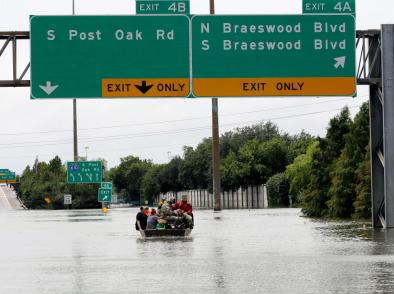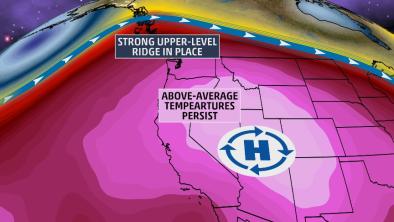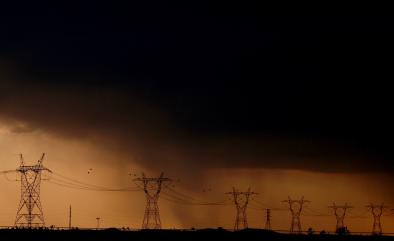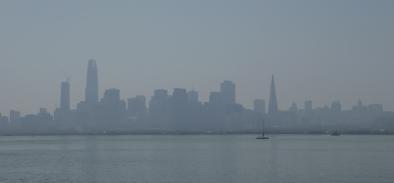Science Source
Detection of anthropogenic influence on a summertime heat stress index
- Examines whether there are now detectable changes in summertime heat stress over land regions
- Uses a simplified wet bulb globe temperature (WBGT) index as a heat stress metric
- Compares observed trends in WBGT (1973–2012) to trends from CMIP5 historical simulations (eight-model ensemble) using either anthropogenic and natural forcing agents combined or natural forcings alone
- Analysis suggests that there has been a detectable anthropogenic increase in mean summertime heat stress since 1973, both globally and in most land regions analyzed
- Finds a detectable increase over a larger fraction of land for WBGT than for temperature, as WBGT summertime means have lower interannual variability than surface temperature at gridbox scales
- Finds, notably, that summertime WBGT over land has continued increasing in recent years--consistent with climate models--despite the apparent ‘hiatus’ in global warming and despite a decreasing tendency in observed relative humidity over land since the late 1990s

Related Content
Headline

Sep 5, 2017 | Orange County Register
How Hurricane Harvey is tied to the California heat wave
Headline

Sep 5, 2017 | The Weather Channel
All-Time Record-High Temperature Set in San Francisco; Record Heat Shifts to the Northwest This Week
Headline

Sep 5, 2017 | Los Angeles Times
More all-time heat records broken as California broils
Headline

Sep 5, 2017 | Category 6 | Weather Underground
Heat, Smoke, and Fire Assault Western States: All-Time Record Heat in California


